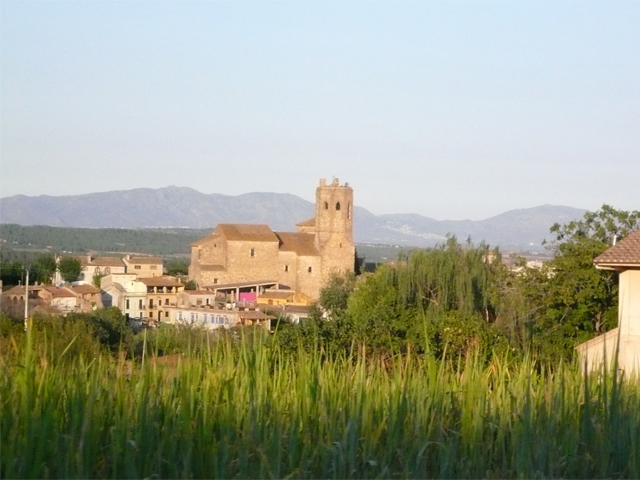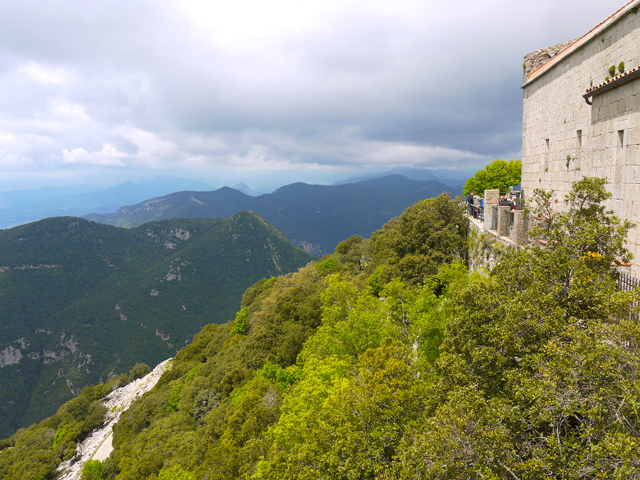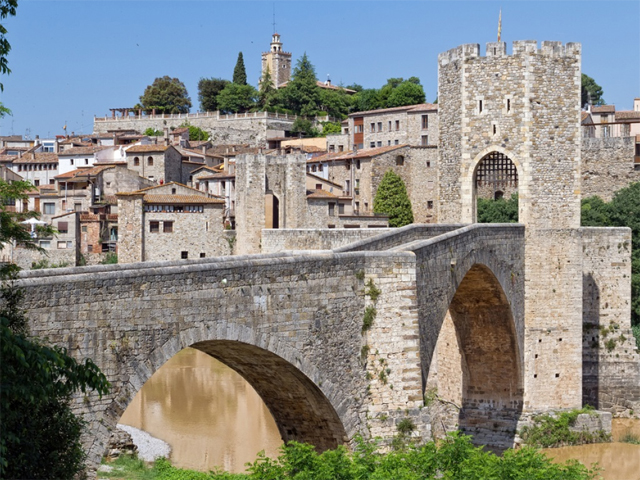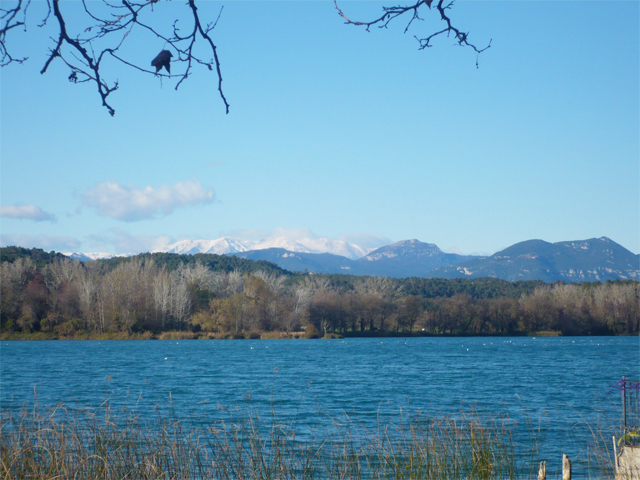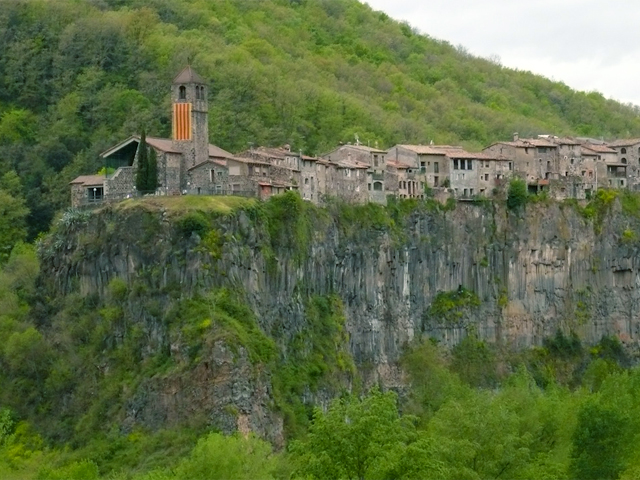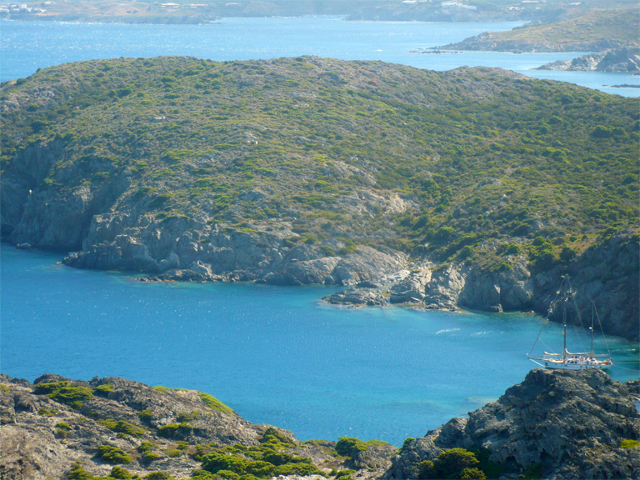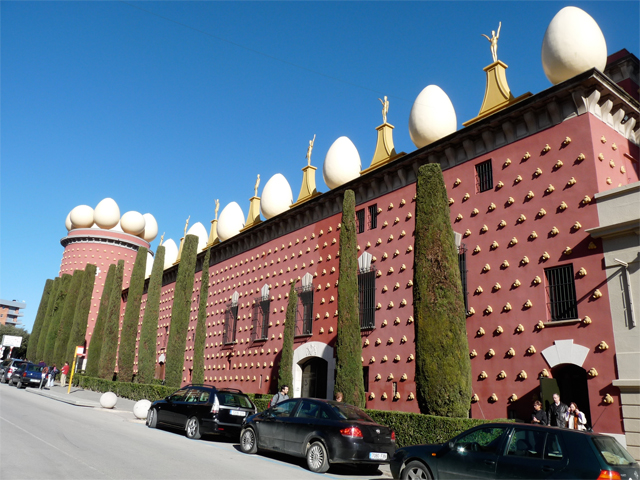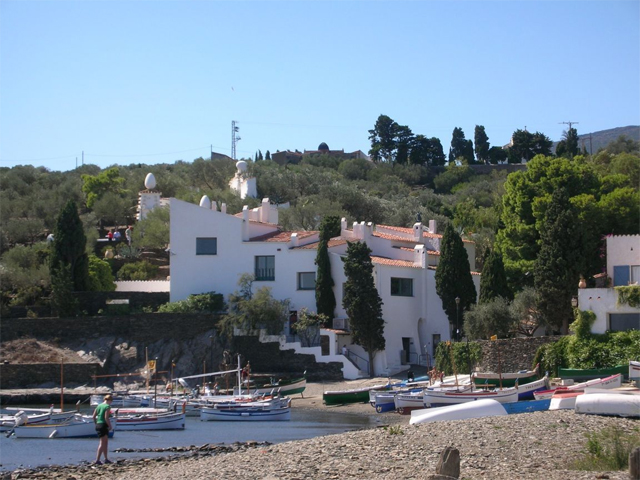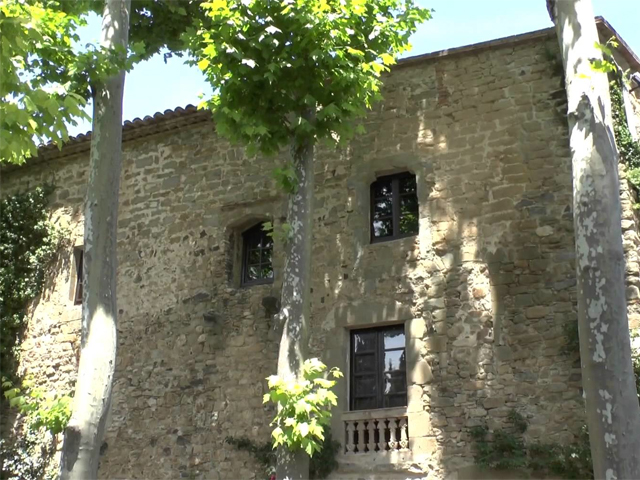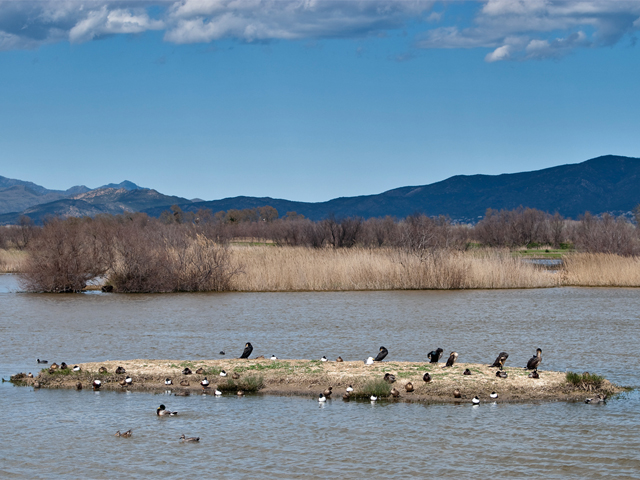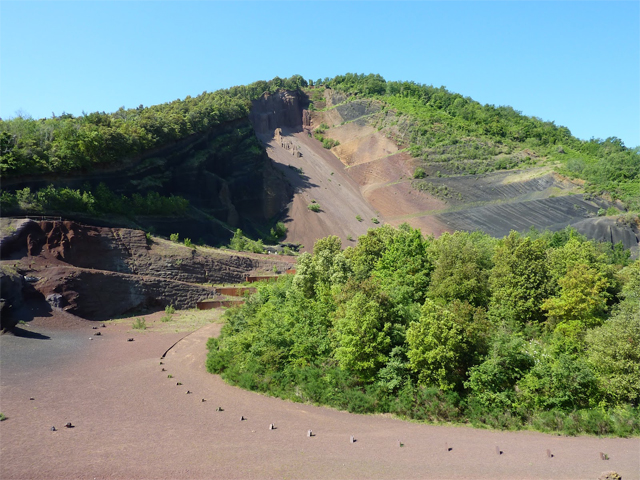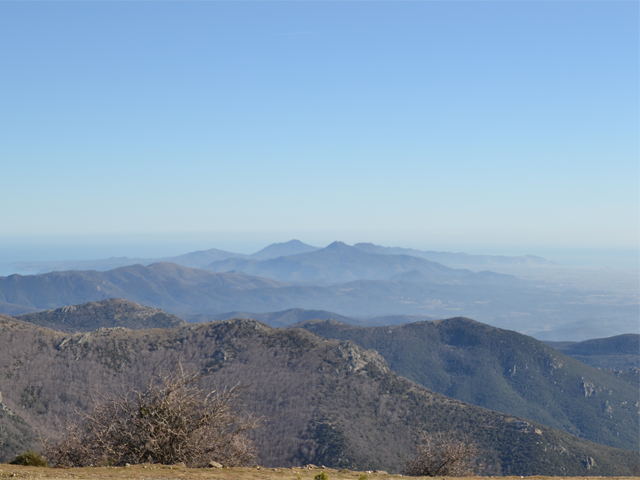Local Places of Interest
Near by the village of Lladó lies between the diverse landscape of the Emporda and the beech forests of the Garrotxa. The village itself, has the Romanic church of Santa Maria (12th century), the church of Sant Feliu (18th century) and the ancient Augustinian cloisters (11th century), well worth a visit. In the village there is a local shop. butchers, chemist, two bars and restaurants
